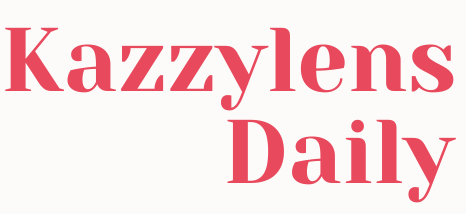NEW YORK: Oil prices edged up about 1% on Wednesday (March 6) on a smaller-than-expected build in US crude inventories, a big withdrawal from distillate and petrol stocks and remarks by the US Federal Reserve (Fed) chief that he still expects interest rate cuts this year.
Lower interest rates could increase oil demand by boosting economic growth.
Brent futures rose 92 cents, or 1.1%, to settle at US$82.96 (RM392.48) a barrel, while US crude rose 98 cents, or 1.3%, to settle at US$79.13 (RM341.05).
That put Brent up for the first time in five days.
The US Energy Information Administration (EIA) said energy firms added a smaller-than-expected 1.4 million barrels of crude into stockpiles during the week ended March 1, while distillate and petrol inventories fell by much more than expected.
For crude stocks, that compares with the 2.1-million-barrel build analysts forecast in a Reuters poll and the 0.4-million-barrel build shown in data from the American Petroleum Institute (API), an industry group.
Energy firms also pulled 4.1 million barrels out of distillate stockpiles, which include diesel and heating oil, and 4.5 million barrels out of gasoline stockpiles last week.
That compares with analysts forecasts for much smaller weekly withdrawals of 0.7 million barrels of distillates and 1.6 million barrels of petrol.
“The draw down in gasoline (petrol) and distillates has the market’s attention. This is a wake up call that we have a very tight market,” Price Futures Group analyst Phil Flynn said.
In remarks prepared for Congress, US Federal Reserve chair Jerome Powell said the central bank still expects to reduce its benchmark interest rate later this year, though policymakers still needed “greater confidence” in inflation’s continued decline.
Complicating the Fed’s decision, however, were reports providing mixed signals. US private payrolls increased slightly less than expected in February, bolstering the case for rate cuts, while data showing an uptick in US economic activity from early January through late February supported the case for leaving rates unchanged.
The US dollar slipped to a one-month low against a basket of other currencies after Powell’s comments.
A weaker dollar can boost demand for oil by making the fuel cheaper for buyers using other currencies.
China announced a 2024 economic growth target of around 5%, though the lack of big-ticket stimulus plans to bolster its struggling economy raised concerns of sluggish oil demand growth.
The market “specifically was hoping to see further fiscal expansion to help meet the growth target”, said Tony Sycamore, an analyst at IG in Sydney.
The disruption in oil tanker movements due to Red Sea attacks by the Iran-backed Houthi militia in Yemen, along with the latest Opec+ supply cut extension, was causing supply tightness, especially in Asian markets.
That tightness was apparent as Saudi Arabia, the world’s biggest oil exporter, announced slightly higher prices for April crude sales to Asia, its biggest market.
Opec+ includes the Organization of the Petroleum Exporting Countries and its allies like Russia. – Reuters

.png) 1 month ago
1 month ago
















 English (US) ·
English (US) ·